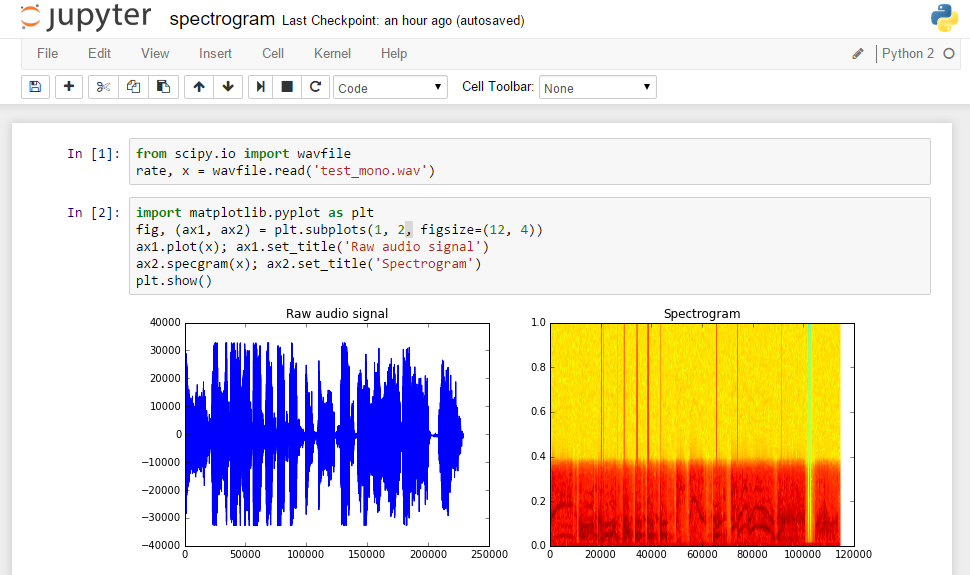

Using Quarto with Observable offers an elegant workflow if you want to combine data analysis in Python and R with reactivity.įinally, Observable was set up with collaboration in mind, so it's fairly easy to find and use someone else's open source code.īottom line: If you want to quickly code an interactive report or analysis and email it to colleagues or host it on an intranet that handles HTML files, integrating R or Python and Observable JavaScript in Quarto could be a great choice. That’s not the case for options like Shiny for R or Dash for Python (alpha Shiny for Python can run without a Shiny server, but it's not yet production-ready). Using Observable, there are simple ways to add interactive filters on your data that control what appears in tables and graphs.Īdditionally, Quarto’s rendered HTML files can be hosted on any web server or opened locally with a simple browser, with no separate language or framework installations required. Why visualize in Observable if you already generate plots with R or Python? One reason is that Observable has interactivity built in. Currently, there's no built-in way to export JavaScript output as static images.)
JUPYTER NOTEBOOK MARKDOWN PDF
(Quarto can create dozens of static formats, too, like PDF or Word, but the Observable integration isn't designed for those.

It’s fairly simple to combine the results from code written in multiple languages into one document-and add explantory text.Quarto includes two easy-to-use, one-line functions to hand off data from Python or R for use in JavaScript.Using Quarto with Observable could be a compelling option for R and Python users who also want to use JavaScript. Quarto is an open-source technical publishing platform from RStudio that natively supports Python, R, Julia, and Observable JavaScript-a JavaScript flavor designed for data analysis. Why use Quarto with Observable JavaScript?


 0 kommentar(er)
0 kommentar(er)
